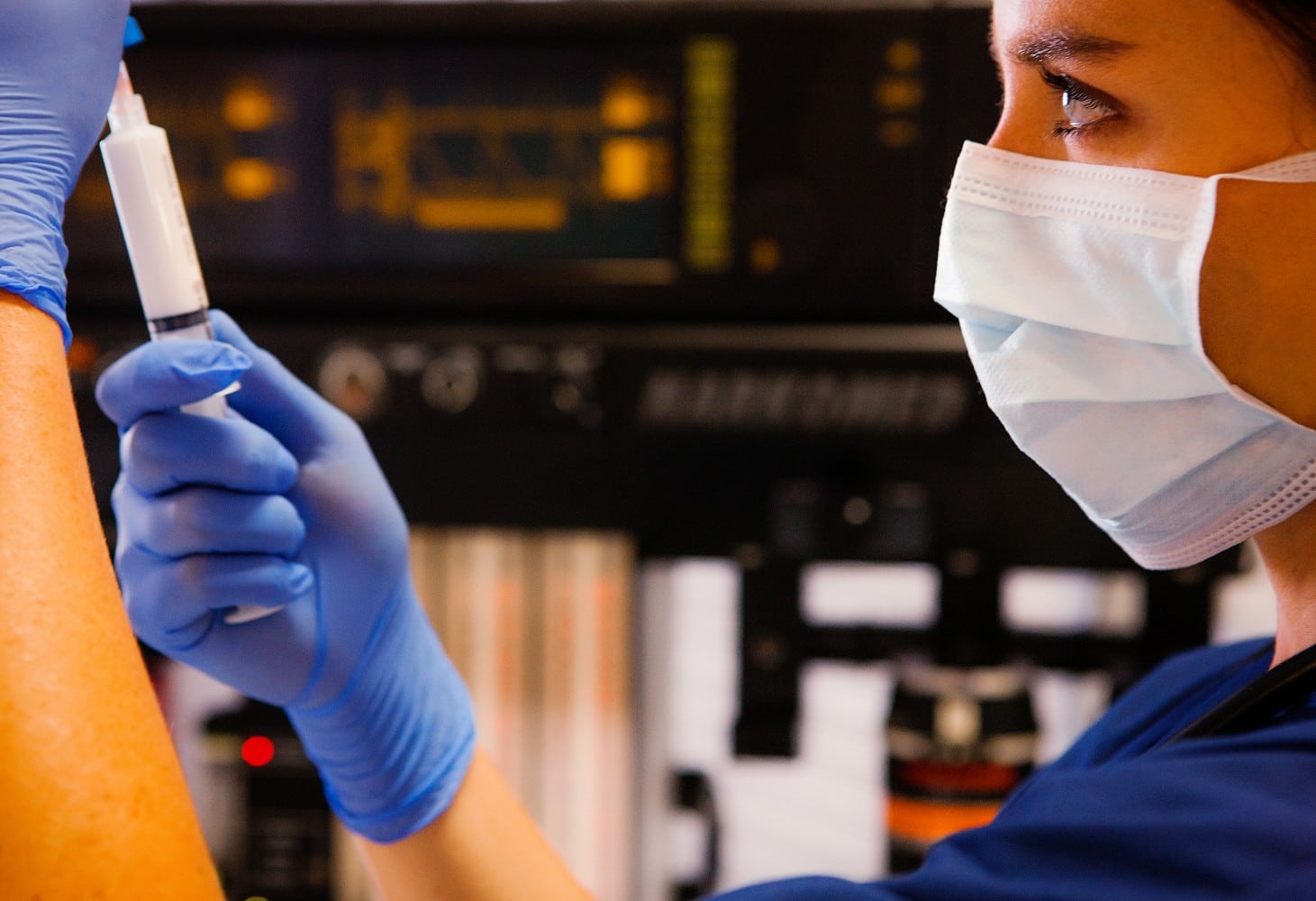
The practice of anesthesia, like its common comparison the aviation industry, has gained a great deal from simulation learning. Ideal for practicing high risk scenarios in a low risk setting, simulations have been shown in studies to accelerate skill acquisition, improve skill retention and reduce extinction of skills. Nontechnical skills such as task management, leadership, teamwork, situational awareness and decision making are also reinforced through simulation, and are particularly useful in emergency patient care. While additional data is needed to elucidate whether simulation makes a positive impact on patient outcomes, it has become integrated into residency and continuing medical education as a vital component of improving patient care and safety.
The evolution of the use of simulation in anesthesiology training has come a long way. Since the 1960s, life-like high-fidelity models have been in development. The incorporation of software based simulators using mathematical models of physiology and pharmacology, simulators were able to interact with mannequin models on a sophisticated level with lifelike responses. As advanced as these models are, they require upfront investment on the part of the simulation center and are limited in how many simulators can be accommodated at one time.
The ABA’s Maintenance of Certification in Anesthesiology Program (MOCA) initially required in Part 4 of their recredentialing process a certain number of hours to be spent in simulation at one of the ABA-endorsed centers nationwide, of which there are fewer than 50. The new MOCA 2.0 is a points based system allowing participants to chose among various activities, of which simulation is optional.
In the 2016 American Society of Anesthesiologists meeting, the ASA announced the upcoming release of a new screen-based simulation education program called Anesthesia SimSTAT. The program was developed in partnership with CAE Healthcare, a medical simulation company which has produced physical mannequin-based systems across a wide range of specialties. What is unique about SimSTAT is its ease of accessibility. It can be accessed via laptop via a web browser on both PC and Mac, requiring only an internet connection without need for plugins or installations.
SimSTAT will introduce on its release five learning modules at feature 3D graphics and interactive mechanics. A game based approach rewards points for successful navigation of the various cases. The user has unlimited attempts to improve competency in varied settings including the operating room, obstetric anesthesia, and the PACU. Rapid objective feedback is provided, along with practice guidelines and other resources.
Users are able to select an avatar to act as the anesthesiologist in five different scenarios. Three modes exist: orientation, which introduces the user to his environment; feedback, which allows the user to run through the scenario with frequent hints and guidance; and assessment, which runs the module without providing help or interruption. Nearly everything in the environment is interactive, with graphics for airway examination and sound bites for heart and lung sounds, fully functional ventilator dials, and an electronic medical record which updates when actions are taken by the anesthesiologist. The interface is intuitive, with the ability to access various actions either by clicking directly on the relevant object (e.g. clicking the IV pole to administer fluids or blood) or finding it on the navigation bar at the bottom of the screen.
Two scores are generated at the end of each module: an action score which represents the actions taken by the user and whether they were appropriate in timing and circumstance, and a physiological score which measures the deviations the patient’s vitals incur from acceptable parameters.
Due to release in 2017, SimSTAT promises many of the benefits of hands-on simulation combined with the convenience of being able to complete the modules anywhere, anytime. The program is currently in its beta testing phase and is preparing for general release in the upcoming months. Its target audience is primarily those seeking continuing medical education credits, specifically part 4 of MOCA; but there has been interest in using the modules as an educational platform for trainees as well. Those interested in receiving updates on its ongoing development can join the mailing list by contacting screenbasedsimulation@asahq.org.




